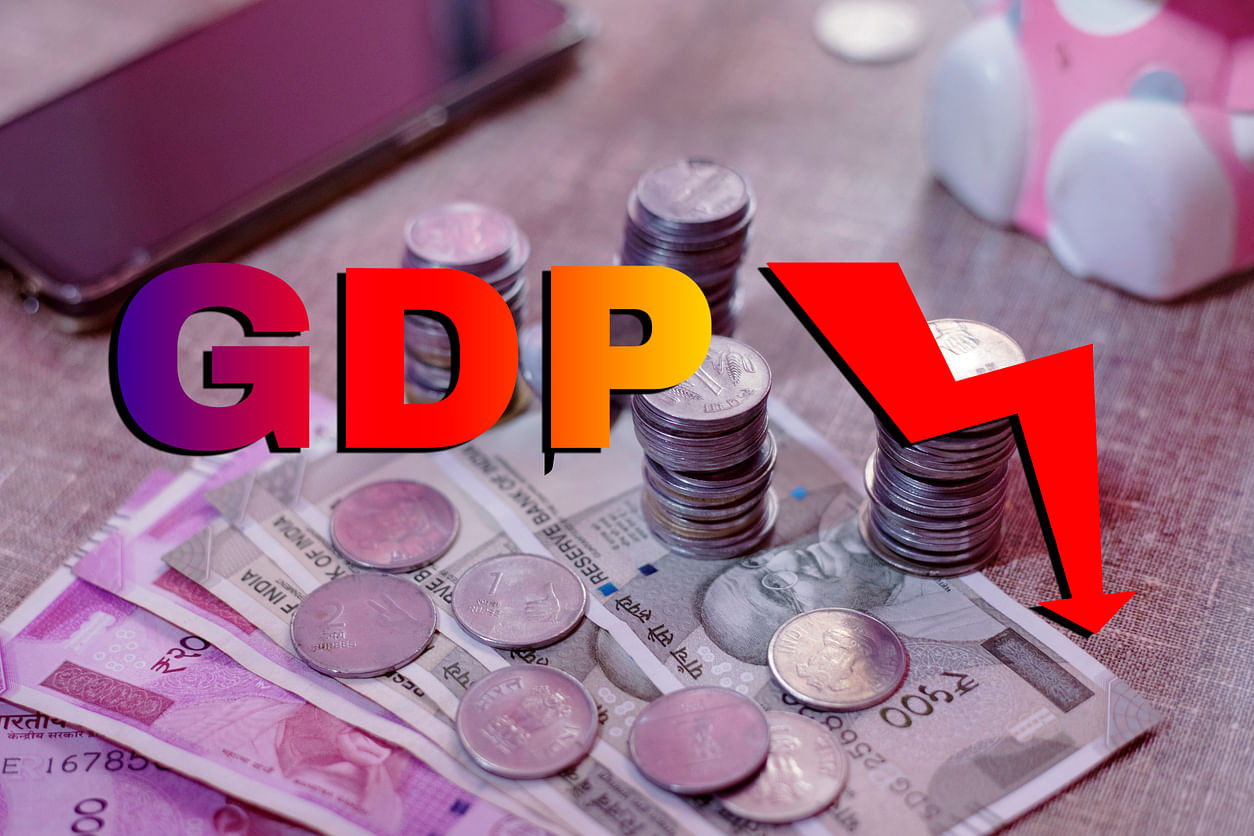
India entered recession as the economy contracted for the second consecutive quarter but the July-September period contraction narrowed to 7.5% after the government lifted Covid-related restrictions that helped it recover from a massive 23.9% decline in the April-June period.
What took the street by surprise was the manufacturing sector, which grew at 0.6% in the July-September period against expectation of a contraction. But the deteriorating performance of eight key infrastructure sectors known as the core sector in October raised concerns over the sustainability of the economic recovery.
The core sector, which includes, cement, steel, electricity and crude oil, slipped into red again in October and declined 2.5% from just 0.1% drop in September. Analysts said much of the September quarter recovery was due to the pent up demand.
Agriculture continued to grow at a decent pace of 3.4%. Trade and services sector showed lower-than-expected contraction at 15.6%. Public spending was down 12%, official data showed.
“Today’s statistics shows that GDP contraction has narrowed, partly helped by decent agriculture growth and some pick-up in manufacturing activities. However, critical employment generation sectors like construction, mining and services continue to remain weak. The data needs to be interpreted with caution as India has a very large unorganised sector and the measurement of its value added was not feasible due to restrictions on movement of data collectors,” Rupa Rege Nitsure, group chief economist, L&T financial services said.
The government’s Chief Economic Adviser Krishnamurthy Subramanian told reporters the numbers were quite encouraging given the pandemic and compared with the previous quarter’s performance.
While the government has so far unleashed Rs 30 lakh crore worth of stimulus measures to help pull the economy out of the morass, the Reserve Bank of India has cut key interest rates by 115 basis points this year and is due to review the monetary policy again next week.
Though RBI Governor Shaktikanta Das on Thursday said the recovery from the Covid lockdown had been stronger and expected a growth in the January-March quarter, a report by Oxford Economics earlier this month said that India would be the worst-affected economy even after the pandemic eases and its annual output would be 12% below pre-virus levels through 2025.
“The numbers were slightly better than expected. Most of the high frequency data were suggesting a V-shaped recovery. In line with that, we expect significant recovery in the quarter ending December. For the overall year, we expect the GDP contraction close to 8%. Still, inflation remains high and significant part of this rebound could be because of pent-up and festive demand,” Sujan Hajra, chief economist at Anand Rathi Securities, said.
